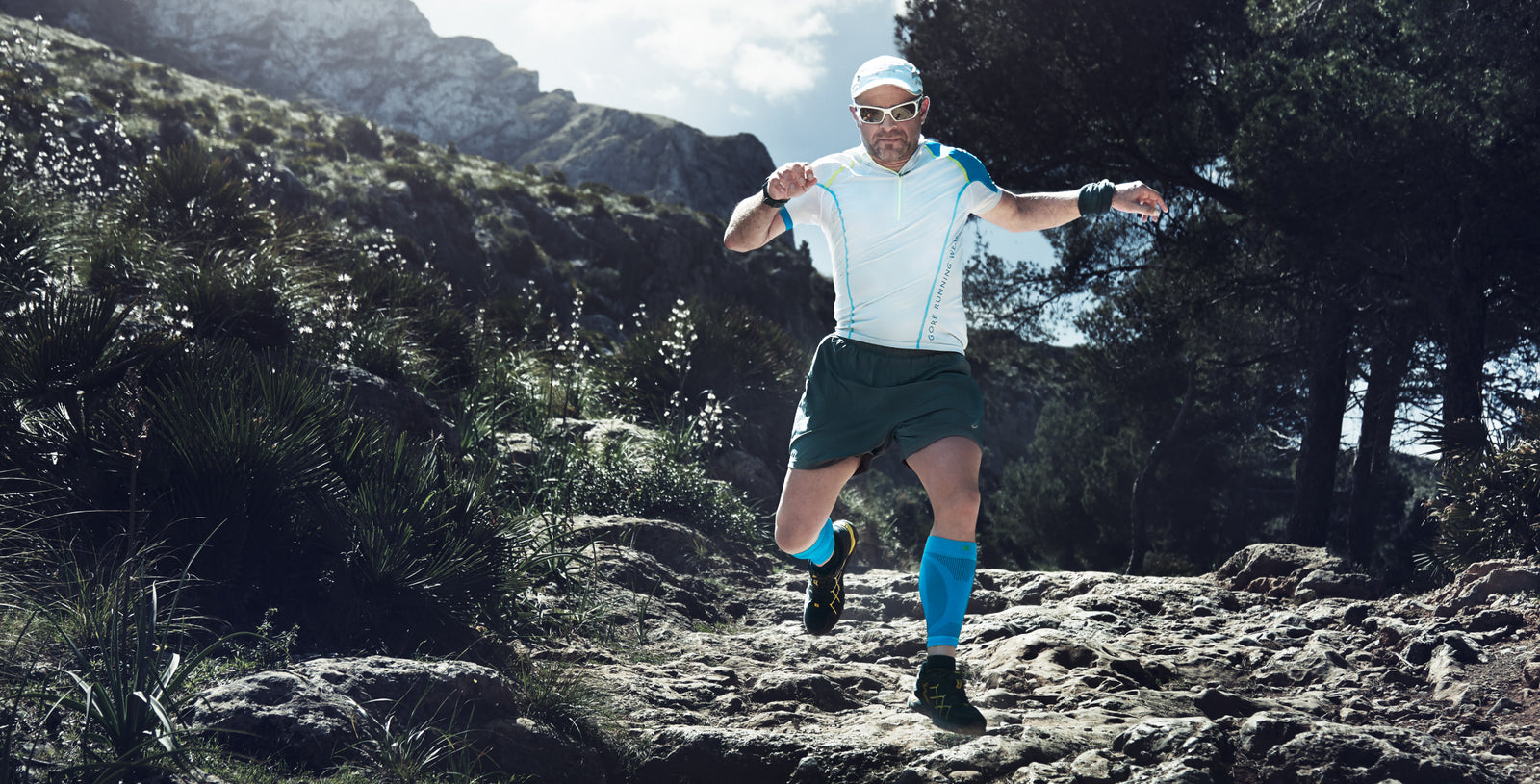You must have noticed people hiking and running with compression socks and compression sleeves. Have you thought "Do they really work?", "Will they help my muscle pain, fatigue and leg cramps?".
We often get questions about the effects of compression garments. Today we will try to tell you about the concept, meaning, advantages of compression clothing and whether you need compression clothing.
To really understand how compression stockings and clothing work, it's important to understand how blood circulates through the body. The heart pumps the oxygenated, nutrient-filled blood to the extremities (arms, legs), i.e. see, limb muscles that actively consume nutrients and oxygen. On the other hand, the deoxygenated blood together with lactic acid and end products of cell metabolism is pumped back to the heart through the veins.
If lactic acid is not removed from the muscle, it causes pain in the muscle and reduces the potential activity that the muscle can perform.
Another factor that reduces the potential activity of a muscle is the fatigue of the muscle caused by the vibrations of the muscle as a result of the activities. (Imagine how much shock and vibration a leg muscle receives, e.g. from running or kicking a ball).
Now that we know what our blood and muscles do when we run, let's talk about how compression socks and compression clothing help the body.
Graduated compression, which is in compression socks, means that it is greater in the ankle area and decreases towards the top. This type of compression helps to fight against gravity and helps the blood to go back up, to the heart through the venous system - edema, swelling, etc. do not occur.
Research shows that constant compression on the arterial walls promotes arterial dilation, thereby increasing blood flow through the arteries, resulting in a 40% improvement in arterial flow during activity and 30% during recovery. This means that more oxygenated, nutrient-rich blood flows in and deoxygenated blood, saturated with metabolic waste products and lactic acid, flows out. Compression also mechanically reduces muscle vibration.
So, the advantages of compression socks in sports:
1) increases the potential activity of the muscle
2) promotes faster outflow of lactic acid and unnecessary substances
3) absorbs shock
4) improves blood circulation
So to answer the original question - will compression socks and clothing help with my muscle pain, fatigue and leg cramps? The answer is yes! However, each complaint must be evaluated in such a way that you eliminate its true cause. Compression socks and clothing will help you feel better during the recovery period, help you run long distances and help prevent new injuries.
Healthy growth requires adequate rest time, massages, stretching, muscle strengthening, proper selection of shoes and insoles, and moderate training progress.
If you haven't had an injury yet, will there be any benefit from compression? Definitely!
Increased blood flow will help improve your performance and reduce muscle fatigue. It will help you and your body to recover faster, so that you can continue training sooner and be able to do more!
Do not forget to wear compression socks when traveling. Flying or long tests by car adversely affect blood circulation in the legs. Let the compression help your veins do their job!

